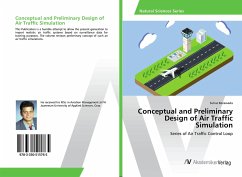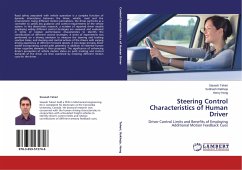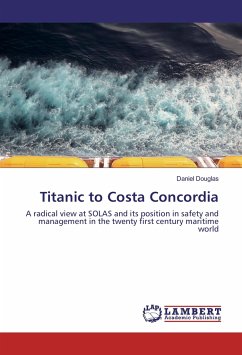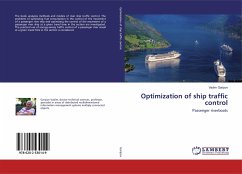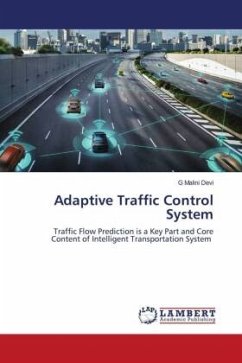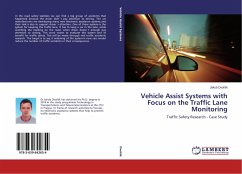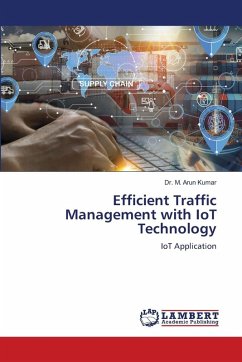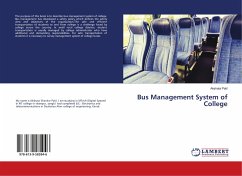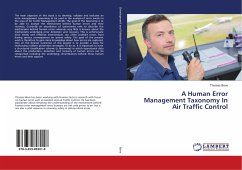
A Human Error Management Taxonomy In Air Traffic Control
Versandkostenfrei!
Versandfertig in 6-10 Tagen
49,99 €
inkl. MwSt.

PAYBACK Punkte
25 °P sammeln!
The main objective of this book is to develop, validate and evaluate an error management taxonomy to be used in the analysis of error events in the area of Air Traffic Management (ATM). The goal of the taxonomy is to be able to analyse the mechanisms behind human errors and their recovery. Currently an abundance of taxonomies exist to describe the mechanisms behind human errors whereas very little is known about the mechanisms underlying error detection and recovery. This is unfortunate since timely and effective interventions can often prohibit errors from having serious consequences on syste...
The main objective of this book is to develop, validate and evaluate an error management taxonomy to be used in the analysis of error events in the area of Air Traffic Management (ATM). The goal of the taxonomy is to be able to analyse the mechanisms behind human errors and their recovery. Currently an abundance of taxonomies exist to describe the mechanisms behind human errors whereas very little is known about the mechanisms underlying error detection and recovery. This is unfortunate since timely and effective interventions can often prohibit errors from having serious consequences on system safety. The goal of the present work is therefore to gain more knowledge about how errors are captured. One of the desired outcomes of this project is to provide a basis for reinforcing incident prevention strategies. To do so, it is important to have a structured classification scheme (a taxonomy) in which operational data about the production, detection and recovery of human errors can be categorised including the underlying circumstances behind these human errors and their capture.



